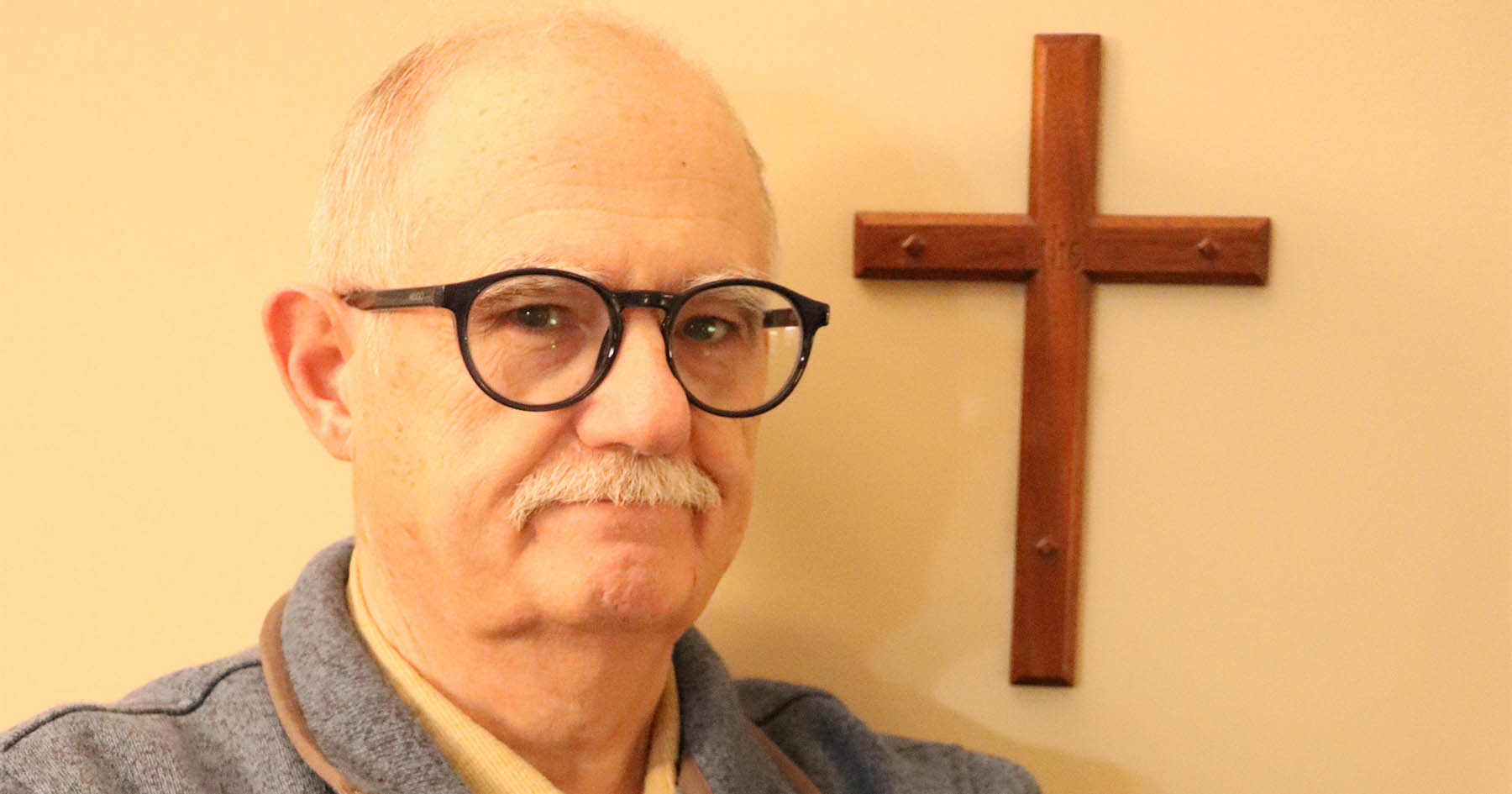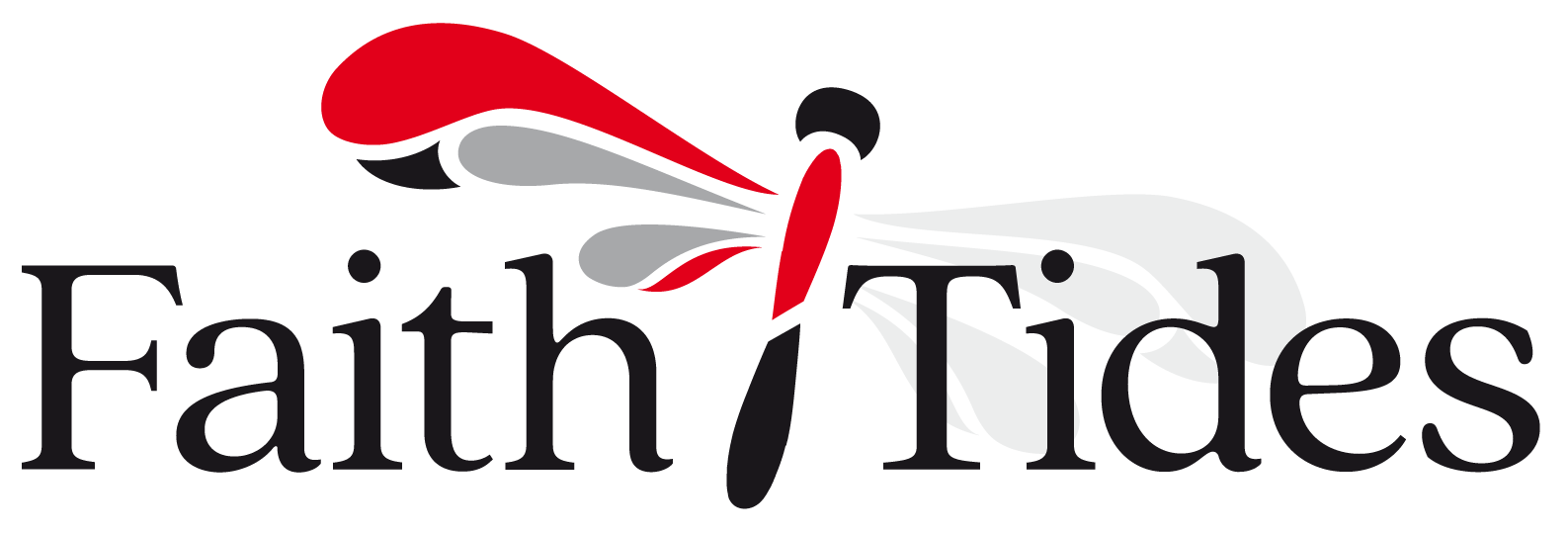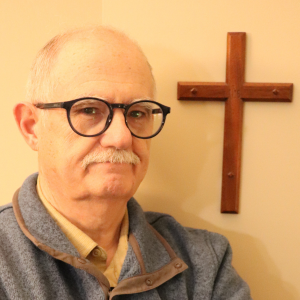
During a discussion following a silent meditation session, a meditator described her experience of God’s presence within. An image came to mind. The image is that silent meditation creates an interior oasis. This interior oasis enriches my spiritual life daily. The health benefits of meditation have been researched, validated and well-documented. I accept and enjoy these benefits.
However, my focus is silent contemplation as a spiritual practice. I have known about meditation since my early 20s, yet I did not have a meaningful daily practice. In 2013, in busy parish life and planning a large expansion, I had two strokes. My physical, emotional and spiritual life was upended. I chose early retirement to cope with my new reality. It began a health spiral that left me floundering. I thought of myself as disappearing, becoming anxious and fixated on dying. I was not suicidal, but I believed my medical condition would hasten my death.
During this period of unrest, I chose to explore Christian meditation. I had the freedom to take courses, participate in groups and attend retreats, which supplemented my reading and research. It was a slow conversion to a spiritual discipline. It enabled me to set aside my persona of a parish priest and psychotherapist and simply be — to accept that my mental, emotional and spiritual being was not defined by all my doing.
The practice of silent meditation has a rich history within our Christian tradition. John Main, a Benedictine monk was a seminal figure. Father John was taught how to meditate when he worked for the British Foreign Service in Malaysia. It would be much later, as a monk, that he had a vision of teaching meditation in groups in what was then called the “New Monasticism.” In 1977, he accepted an invitation to start a monastic priory in Montreal to teach meditation. Brother Laurence Freeman accompanied him and would succeed him when he died in December of 1982.
Those years in Montreal laid the foundation for a legacy of teaching and influence. Father John’s understanding of meditation as prayer was profound. As he explained, “The all-important aim in Christian meditation is to allow God’s mysterious and silent presence within us to become more and more not only a reality, but the reality which gives meaning, shape and purpose to everything we do, to everything we are.”
The advent of COVID-19 moved small local meditation communities online. Initially, this was challenging, but soon bore fruit because it became more flexible and accessible to individuals who were not part of a group. During this period, I began to guide introductory courses and establish an ongoing group. Currently, I am fortunate to be involved in several groups including leading and co-facilitating others. My involvement in leadership is an expression of gratitude for the benefits I am experiencing in my journey. In 2022, I returned to Vancouver Island and now reside in Sooke.
It is my goal to offer leadership here and invite anyone interested in silent meditation as a beginner or experienced meditator to contact me. I follow and use the resources of the Canadian Christian Meditation Community and the World Community for Christian Meditation (WCCM), and I am currently a Benedictine novice in the process of becoming an oblate with the WCCM.



